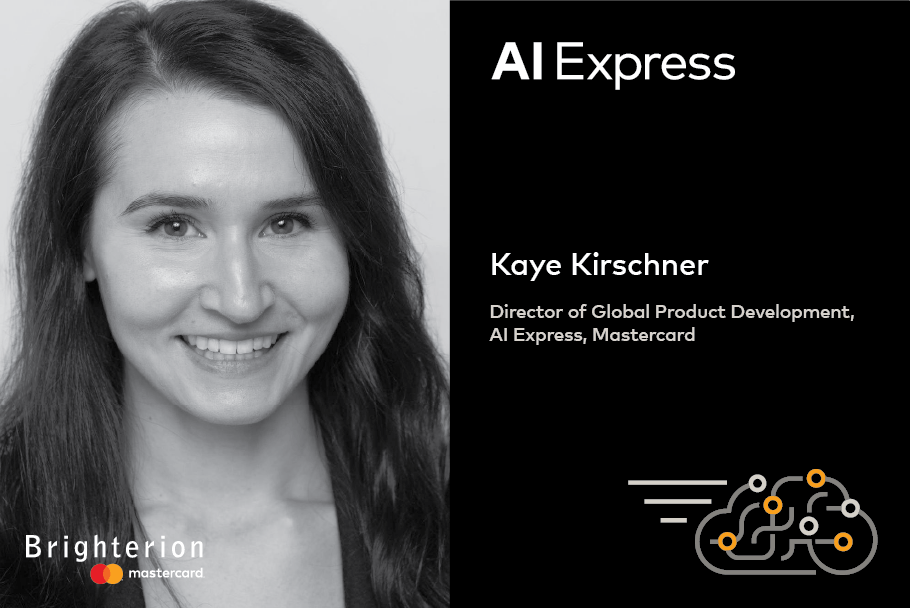Moving your decisioning platform to an AI model is a big undertaking—or is it? An AI model can be built in a relatively short time when you know your objectives, define the expected results, and provide a diverse cross-section of data.
Our customers are often surprised when we talk to them about the time to build an AI model – just six to eight weeks. But by using our AI Express product, it’s not only possible, it’s what makes our AI proof of concept (POC) special.
AI Express works through a six-step collaborative process that begins with a shared understanding of your business goals. Our data scientists then use a combination of our own tools to build a custom AI model specifically designed to solve your organization’s challenge.
At the end of an AI Express there is a complete AI proof-of-concept model, which very easily can be moved to a production environment for deployment.

AI Express benefits
“Using the AI Express product, we can build custom AI models very quickly,” says Kaye Kirschner, Director of Global Product Development for AI Express at Mastercard. “Our product puts the customer in control. For example, in credit risk, the customer can determine if a certain risk score will trigger an email, a phone call, or the need for credit counselling.”
Let’s take a look at our six-step process to learn how we build a proof of concept for an AI model, using any data format, and get it ready for production in less time than you may think.
AI Express: 6 phases of engagement from discovery to deployment

1. Understanding your business
This highly collaborative step brings the customer together with our multidisciplinary team chosen for your particular use case. Let’s pick credit risk for this example. Our team would include an expert in banking or credit risk along with a data scientist, a technology specialist, our project manager, and others familiar with the customer’s sector. They collaborate with the customer to determine business objectives and what the success criteria will look like after applying the AI model. That may be improved customer experience, reduced delinquencies, and/or increased profitability.
2. Understanding your data
Another collaborative step, the customer collects historical data in whatever format they use. Our data scientists work with the customer’s team to describe, explore, and validate the data.
3. Preparing the data
This process may seem daunting, but we do the heavy lifting. Our customers supply their data in its current formats, and our data scientists do all the preparation for use in the AI model. Using our own technology tools, our team selects, cleans, constructs, and integrates the data.
4. Building the custom AI model in a matter of weeks
Brighterion takes the lead and our data scientists determine the best modeling techniques and AI tools for your purpose. They use different methods and various amounts of data with each of up to two iterations. Based on their wide range of experience, they develop the final model that gives superior results for your use case, types of data, and goals.
5. Evaluating your custom-built AI model
In just six to eight weeks, you get to evaluate the POC and see real results based on your historical data. Our team will work with you to review all the processes and decide on the next steps, whether a tweak to the model or scoring is needed, or other necessities to move from AI POC into production.
6. Understanding and preparing for deployment
So, you’ve decided to move forward and deploy your newly created AI model! The Brighterion team will review all the deployment options with you and create a high-level plan. This collaborative process allows you to determine what will work best for your organization and your team.
Five ways to make your AI Express smoother
We asked Kirschner for her top tips to make preparing for an AI proof of concept more efficient.
Pinpoint what you want to achieve: Understand the heart of your organization’s problem and what is important. We want to nail the needs and success factors from the outset.
Set your objectives: Take time to determine what success would look like. It might be to reduce false declines for creditworthy consumers when they shop with payment cards or to increase fraud detection by 30 percent. Clear objectives help the data scientists develop an AI model that will meet your needs.
Ensure data is diverse: Kirschner says you don’t always know which data will be the most effective. A variety of data contributes to a more robust custom AI model. Pull enough historical data to provide a broad view of your organization’s activities and customers.
Be optimistic: Trust in the process.
Learn more about AI Express. Watch our videos about the time to build an AI model, the AI proof of concept, and how to deploy AI models into production. You can also download other resources to help you understand and prepare for building an AI model.
Kaye Kirschner is the Director of AI Express, Mastercard’s artificial intelligence product which quickly tailors AI models to business problems of customers in the payments industry and beyond. Kaye is also Global Head of AI for Acquirer Fraud products at Mastercard, addressing areas such as merchant risk and transaction-level fraud monitoring.

